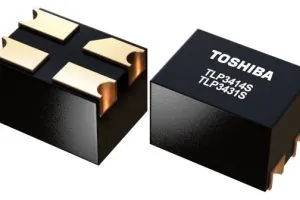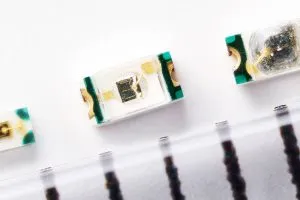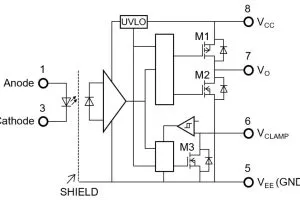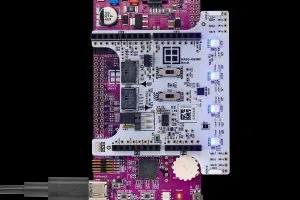In a paper presented during the Society for Information Display conference in Seattle, UDC said the device, which uses red, green and blue emitters to produce a white light source, offers 38Cd/A and 18.4lm/W. Its external quantum efficiency (EQE) is 16 per cent at 1,000cd/m², and the CIE coordinates (describing the colour balance of the emission, where (0.33, 0.33) is ideal) are (0.39, 0.39).
UDC said the high performance is thanks to the use of phosphorescent dopants for each of the three RGB emitters. The company has in the past reported its technique of using complexes containing heavy metal atoms to break quantum ‘selection rules’ that limit the efficiency of emission to around 25 per cent.
These dopants promote the conversion of electrons from short-lived fluorescent singlet states to radiative phosphorescent triplet states. The effect is to reduces the power consumption for a given colour intensity, particularly in red emitters. UDC said PHOLEDs like these have now been made in a range of colours with high EQEs. For example, green, orange-red, and red emission has been demonstrated with EQEs of 19, 14 and 12 per cent, respectively.
By using three emitters, the UDC team obtained a good match between the RGB colour filters typically used in full-colour displays, since together these filters effectively span the entire spectrum. Simpler two-emitter systems which appear to the eye to be white could be used (for example blue-yellow), but the drawback, according to UDC, is a lack of emission in the green and deep red.
Results are encouraging, but the paper admitted that, while red and green emitters have been shown to last for between 15,000 and 25,000 hours, the lifetime of blue PHOLEDs is still not good enough for commercial applications.
 Electronics Weekly
Electronics Weekly



